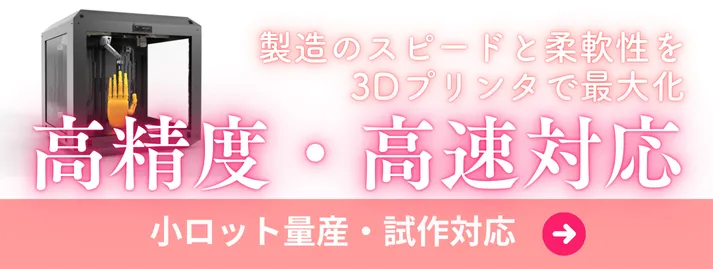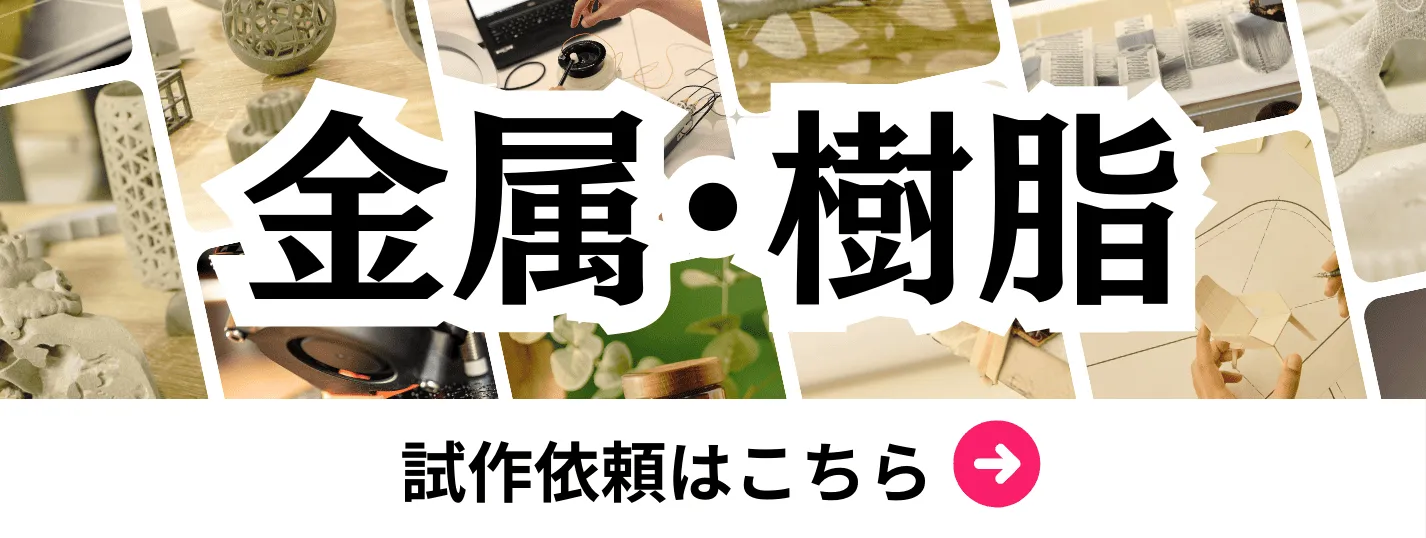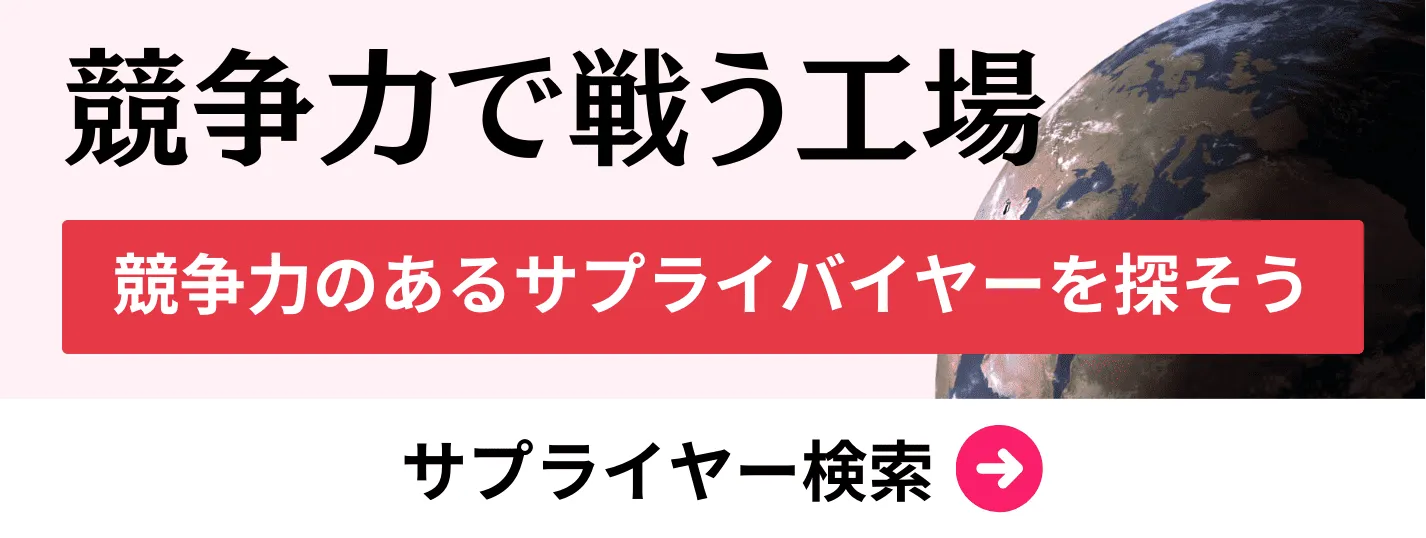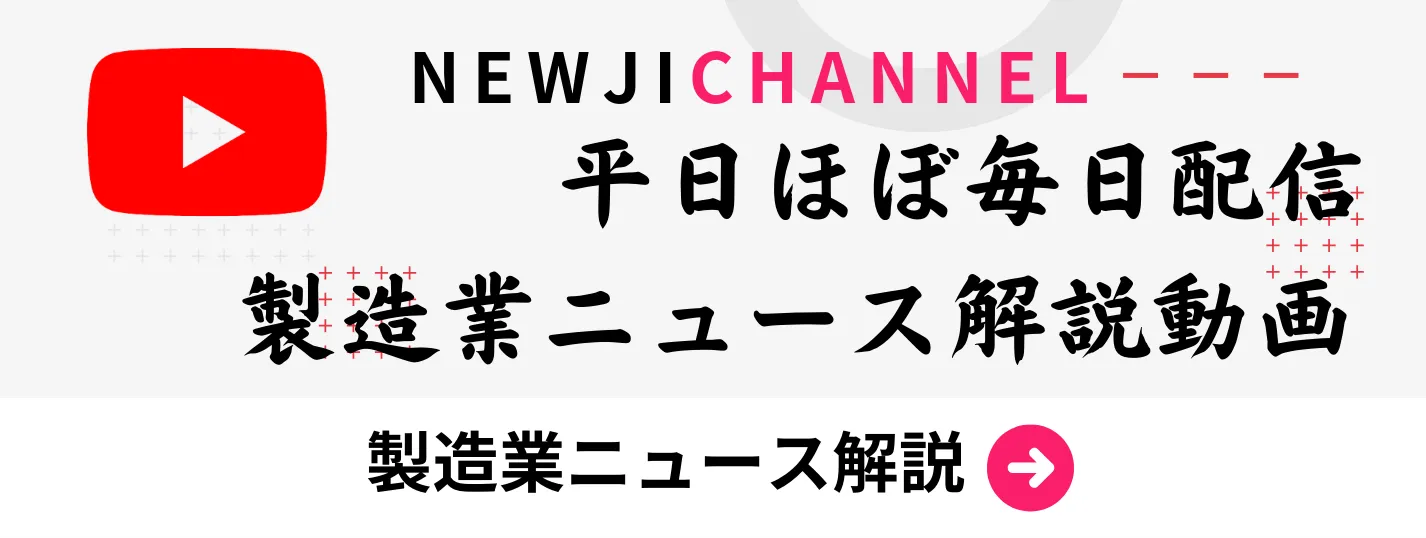- お役立ち記事
- Mastering Japanese Innovation: Unveiling the Art and Science of Advanced Compression Molding Techniques
月間76,176名の
製造業ご担当者様が閲覧しています*
*2025年3月31日現在のGoogle Analyticsのデータより

Mastering Japanese Innovation: Unveiling the Art and Science of Advanced Compression Molding Techniques

目次
Introduction to Advanced Compression Molding Techniques
Advanced compression molding is a pivotal process in modern manufacturing, particularly within the Japanese manufacturing sector. This technique involves shaping materials under high pressure and temperature to produce precise components essential for various industries. Mastery of compression molding techniques is essential for companies aiming to leverage Japanese innovation in their procurement and purchasing strategies.
Understanding the intricacies of compression molding can significantly enhance product quality and manufacturing efficiency. Japanese manufacturers are renowned for their meticulous approach and technological advancements in this field. By delving into the art and science of advanced compression molding, businesses can optimize their production processes and maintain competitive advantages in the market.
The Importance of Japanese Innovation in Compression Molding
Japanese manufacturing has long been at the forefront of technological innovation, particularly in the field of compression molding. The emphasis on quality, precision, and continuous improvement has set Japanese suppliers apart in the global market. Leveraging their expertise can provide substantial benefits to international procurement and purchasing departments.
Japanese suppliers excel in developing state-of-the-art machinery and materials that enhance the efficiency and effectiveness of compression molding processes. Their dedication to research and development ensures that they produce cutting-edge solutions that meet the evolving demands of various industries. By partnering with these suppliers, companies can access advanced technologies that improve product performance and reduce production costs.
Advantages of Partnering with Japanese Compression Molding Suppliers
High-Quality Standards
Japanese manufacturers are synonymous with high-quality standards. Their rigorous quality control measures ensure that every component produced meets stringent specifications. This commitment to quality reduces the likelihood of defects and enhances the overall reliability of the final product.
Technological Expertise
The technological prowess of Japanese suppliers is a significant advantage. They invest heavily in research and development, leading to innovations that streamline compression molding processes. Advanced machinery and proprietary techniques developed by Japanese companies can offer superior performance and efficiency.
Reliability and Consistency
Japanese suppliers are known for their reliability and consistency in delivering products on time. Their disciplined approach to production scheduling and supply chain management minimizes delays and ensures a steady flow of materials, which is crucial for maintaining uninterrupted manufacturing operations.
Customization Capabilities
Japanese manufacturers excel in providing customized solutions tailored to specific client needs. Whether it’s modifying existing molds or developing entirely new designs, their flexibility in meeting unique requirements can significantly benefit procurement and purchasing departments seeking specialized components.
Cost Efficiency in the Long Run
While initial costs may be higher, the long-term benefits of partnering with Japanese suppliers often result in cost savings. High-quality materials and precise manufacturing processes reduce waste and the need for rework, leading to lower overall production costs.
Disadvantages of Working with Japanese Suppliers
Higher Initial Costs
One of the primary drawbacks of sourcing from Japanese suppliers is the higher initial cost compared to suppliers from other regions. The advanced technology and high-quality standards come with a premium price, which may be a barrier for some companies.
Communication Challenges
Language barriers and cultural differences can pose challenges in communication. Misunderstandings or delays in conveying specifications and requirements may occur, potentially impacting the production timeline and quality of the final product.
Longer Lead Times
Due to the geographic distance, lead times for shipping products from Japan can be longer. This delay might affect tight production schedules and require companies to plan their procurement activities well in advance.
Limited Flexibility in Small Orders
Japanese suppliers often prefer larger orders to maximize efficiency and reduce production costs. This preference can make it challenging for companies needing smaller batches of components, as the cost per unit may be higher.
Effective Supplier Negotiation Techniques
Building Strong Relationships
In Japanese business culture, building strong, trust-based relationships is essential. Investing time in nurturing these relationships can lead to more favorable terms and collaborative problem-solving in the long run.
Understanding Cultural Nuances
Having a deep understanding of Japanese cultural norms and business etiquette enhances negotiation effectiveness. Demonstrating respect and patience, and adhering to formalities, can facilitate smoother negotiations and strengthen partnerships.
Leveraging Long-Term Commitments
Japanese suppliers value long-term relationships. Highlighting your company’s intention for a sustained partnership can provide leverage during negotiations, potentially leading to better pricing and priority in production scheduling.
Being Prepared and Informed
Entering negotiations well-prepared with comprehensive knowledge about the supplier’s capabilities, market conditions, and alternative options strengthens your negotiating position. Presenting clear and realistic expectations can lead to more productive discussions.
Utilizing Local Intermediaries
Engaging local intermediaries or consultants familiar with Japanese business practices can bridge communication gaps and facilitate more effective negotiations. They can provide valuable insights and assist in navigating cultural and procedural differences.
Understanding Market Conditions
Global Demand and Supply Dynamics
The global demand for advanced compression molding techniques is influenced by various factors, including industrial growth, technological advancements, and economic conditions. Understanding these dynamics helps in forecasting market trends and making informed procurement decisions.
Technological Advancements
Continual advancements in compression molding technology, such as automation and smart manufacturing, shape the market landscape. Staying abreast of these developments ensures that procurement strategies align with current and future technological standards.
Economic Factors
Economic stability in Japan and the broader Asian region affects production costs and pricing. Fluctuations in currency exchange rates, inflation, and trade policies can impact the cost-effectiveness of sourcing from Japanese suppliers.
Competitive Landscape
The competitive environment among Japanese suppliers drives innovation and quality improvements. Assessing the competitive landscape helps in identifying the most suitable suppliers who offer the best value and technological capabilities.
Regulatory Environment
Compliance with international and local regulations is critical in procurement and purchasing. Understanding the regulatory requirements in Japan ensures that sourced components meet all necessary standards and certifications.
Best Practices for Procurement and Purchasing
Comprehensive Supplier Evaluation
Conducting thorough evaluations of potential suppliers is essential. Assess factors such as their technological capabilities, quality assurance processes, financial stability, and reputation in the industry to select the most reliable partners.
Establishing Clear Communication Channels
Maintaining open and transparent communication channels with suppliers minimizes misunderstandings and delays. Utilizing effective communication tools and regular updates ensures that both parties are aligned on expectations and progress.
Implementing Robust Quality Control
Integrating stringent quality control measures into the procurement process ensures that sourced components meet required standards. Collaborating with suppliers to establish quality benchmarks and conducting regular inspections can enhance product reliability.
Strategic Inventory Management
Optimizing inventory levels by maintaining a balance between supply and demand reduces storage costs and minimizes the risk of stockouts. Implementing just-in-time (JIT) inventory practices can enhance efficiency and responsiveness to market changes.
Embracing Technology and Automation
Leveraging technological tools such as procurement software, data analytics, and automation can streamline purchasing processes. These technologies enhance decision-making, improve accuracy, and increase overall operational efficiency.
Fostering Continuous Improvement
Adopting a culture of continuous improvement encourages ongoing optimization of procurement practices. Regularly reviewing processes, seeking feedback, and implementing best practices contribute to sustained efficiency and effectiveness.
Case Studies: Successful Partnerships with Japanese Suppliers
Automotive Industry Collaboration
A global automotive manufacturer partnered with a Japanese compression molding supplier to develop lightweight yet durable components. By leveraging the supplier’s advanced materials and precision engineering, the company achieved significant weight reduction in their vehicles, enhancing fuel efficiency and performance.
Electronics Sector Advancements
In the electronics sector, a leading company collaborated with a Japanese supplier to produce intricate molding components for consumer devices. The partnership resulted in improved component accuracy and reduced production times, allowing for faster product launches and increased market competitiveness.
Medical Device Innovation
A medical device company worked with a Japanese compression molding supplier to manufacture high-precision components essential for surgical equipment. The collaboration ensured compliance with stringent medical standards and facilitated the development of innovative devices that met the complex needs of healthcare professionals.
Challenges and Solutions in International Procurement
Managing Logistics and Supply Chain
International procurement involves complex logistics and supply chain management. Ensuring timely delivery of components requires robust planning and coordination. Partnering with reliable logistics providers and implementing effective supply chain strategies can mitigate delays and disruptions.
Mitigating Risks
Sourcing from international suppliers exposes companies to various risks, including geopolitical tensions, natural disasters, and economic fluctuations. Developing comprehensive risk management plans and diversifying supplier bases can enhance resilience against potential disruptions.
Ensuring Compliance with Standards
Different regions have varying standards and regulations. Ensuring that sourced components comply with all relevant standards is critical for product acceptance and legal compliance. Collaborating with suppliers to verify adherence to these standards is essential.
Handling Currency Exchange Fluctuations
Currency exchange rate volatility can impact procurement costs. Implementing financial strategies such as hedging or negotiating contracts in stable currencies can reduce the financial risk associated with exchange rate fluctuations.
Navigating Cultural Differences
Cultural differences can influence business practices and communication. Investing in cultural training for procurement teams and fostering an inclusive business environment can enhance collaboration and reduce misunderstandings.
The Future of Compression Molding and Procurement from Japan
Integration of Smart Technologies
The future of compression molding is poised to embrace smart technologies such as the Internet of Things (IoT) and artificial intelligence (AI). These advancements will enable real-time monitoring, predictive maintenance, and enhanced automation, further increasing efficiency and precision.
Sustainable Manufacturing Practices
Sustainability is becoming increasingly important in manufacturing. Japanese suppliers are at the forefront of developing eco-friendly materials and energy-efficient processes. Procuring from suppliers who prioritize sustainability can enhance a company’s environmental footprint and meet regulatory requirements.
Customization and Flexibility
As market demands become more diverse, the ability to customize and adapt swiftly will be crucial. Japanese suppliers are developing flexible manufacturing systems that can quickly adjust to new specifications, enabling companies to respond promptly to market changes.
Collaborative Innovation
Future procurement strategies will likely involve deeper collaboration between buyers and suppliers in the innovation process. Joint research and development initiatives can lead to the creation of novel materials and techniques, driving mutual growth and competitiveness.
Enhanced Supply Chain Visibility
Advancements in digital technologies will provide greater transparency and visibility into the supply chain. This enhanced visibility will allow for better tracking of components, improved inventory management, and more informed decision-making in procurement processes.
Conclusion
Mastering Japanese innovation in advanced compression molding techniques offers substantial advantages for businesses looking to enhance their manufacturing processes. By understanding the benefits and challenges of partnering with Japanese suppliers, implementing effective negotiation strategies, and adopting best practices in procurement and purchasing, companies can unlock significant value and maintain a competitive edge in the global market.
The precision, quality, and technological expertise of Japanese manufacturers are invaluable assets in the pursuit of manufacturing excellence. As the industry evolves, embracing these advanced techniques and fostering strong supplier relationships will be key to achieving sustained success and innovation in the manufacturing landscape.
 資料ダウンロード
資料ダウンロード
QCD管理受発注クラウド「newji」は、受発注部門で必要なQCD管理全てを備えた、現場特化型兼クラウド型の今世紀最高の受発注管理システムとなります。
 ユーザー登録
ユーザー登録
受発注業務の効率化だけでなく、システムを導入することで、コスト削減や製品・資材のステータス可視化のほか、属人化していた受発注情報の共有化による内部不正防止や統制にも役立ちます。
 NEWJI DX
NEWJI DX
製造業に特化したデジタルトランスフォーメーション(DX)の実現を目指す請負開発型のコンサルティングサービスです。AI、iPaaS、および先端の技術を駆使して、製造プロセスの効率化、業務効率化、チームワーク強化、コスト削減、品質向上を実現します。このサービスは、製造業の課題を深く理解し、それに対する最適なデジタルソリューションを提供することで、企業が持続的な成長とイノベーションを達成できるようサポートします。
 製造業ニュース解説
製造業ニュース解説
製造業、主に購買・調達部門にお勤めの方々に向けた情報を配信しております。
新任の方やベテランの方、管理職を対象とした幅広いコンテンツをご用意しております。
 お問い合わせ
お問い合わせ
コストダウンが利益に直結する術だと理解していても、なかなか前に進めることができない状況。そんな時は、newjiのコストダウン自動化機能で大きく利益貢献しよう!
(β版非公開)









